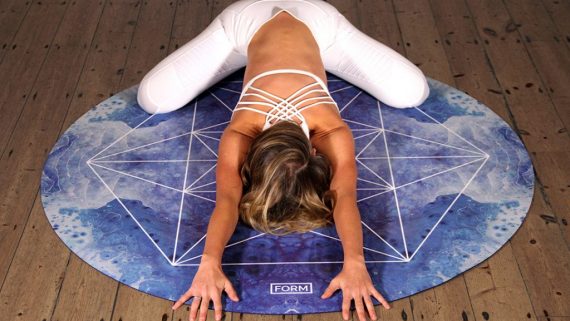How Yoga Increases Memory Power
How Yoga Increases Memory Power
By: Annabelle Short, Contributing Writer
Yoga is an early spiritual practice that has great benefits for your body. It focuses on the benefits of breathing, simple meditation, body movements, and postures. Yoga can help you tone your body, reduce muscle stiffness, improve strength, and flexibility. However, yoga isn’t just good for the body. Aside from physical benefits, yoga can help improve cognitive functions. Regular practice of yoga can improve the stress response of your body. Consequently, yoga helps ease depression and anxiety.
Moreover, practicing yoga can significantly improve your brain power and memory. According to recent studies, practice of yoga increases gray matter in the brain which reflects improvements in memory. Yoga could change the structure of your brain and protect cognitive decline and memory loss.
The Benefits of Yoga and Nootropics
What are nootropics? They are supplements that many believe improve cognitive function, particularly memory, creativity, motivation and attention.
The combination of yoga and nootropics can help improve memory and other cognitive functions. You, however, need to find the right combination of both to experience the benefits. A combination of a healthy diet with exercise can help boost your memory. Here are some yoga practices to improve your recall ability.
- Sarvangasana – Shoulder Stand
With the body inverted, standing on your shoulders increase blood circulation to the hypothalamus and pineal glands in the brain. The increased flow of blood nourishes your brain. Sarvangasana helps with insomnia and boosts all cognitive functions including memory. The pose eases stress and nervous disorders. It also improves your hormonal balance by improving the function of the thyroid, parathyroid, and pituitary glandsand the pineal, which regulate the endocrine system.
- Padmasana – Lotus Pose
Padmasana is a simple meditative pose that eases muscle tension, calms the mind and relaxes your body and brain. Padmasana improves mindfulness and brain function. The lotus pose stretches your knees and ankles. The pose also increases the flexibility of your hips and improves body posture.
- Halasana – Plow Pose
The plow pose increases circulation to the brain and calms your nervous system. The posture reduces stress and calms the mind and the body. Halasana stretches your back and your neck reducing stress and fatigue. The pose stretches your shoulders and improves your posture and the functioning of the thyroid gland.
- Tadasana – Mountain Pose
The mountain pose helps deal with a restless mind and improve sleep. This simple posture allows you to focus your mind on your breathing, thus relaxing your mind. Tadasana also helps ease headaches. If you have insomnia, Tadasana can help you enough sleep.
- Paschimottanasana – Seated Forward Bend
Paschimottanasana is asimplepose that stretches the entire body with more focus on the back. The posture eases mild depression and stress. The seated forward bend can help alleviate fatigue, headaches, and combat insomnia.
- Padahastasana – Standing Forward Bend
Padahastasana revitalizes your nervous system. The standing forward bend pose improves circulation to the brain enhancing memory and cognitive power.
- Meditation
Meditation offers a great way to reduce stress. Meditation improves the circulation of blood to the brain. An average of six hours of mediation per week can help improve focus, memory and multitasking ability. In 2011, the work of Harvard researchers at Massachusetts General Hospital showed an association between meditation and increased gray matter and thicker cerebral cortex. The gray matter and cerebral cortex play a role in memory, learning, concentration, and decision-making.



